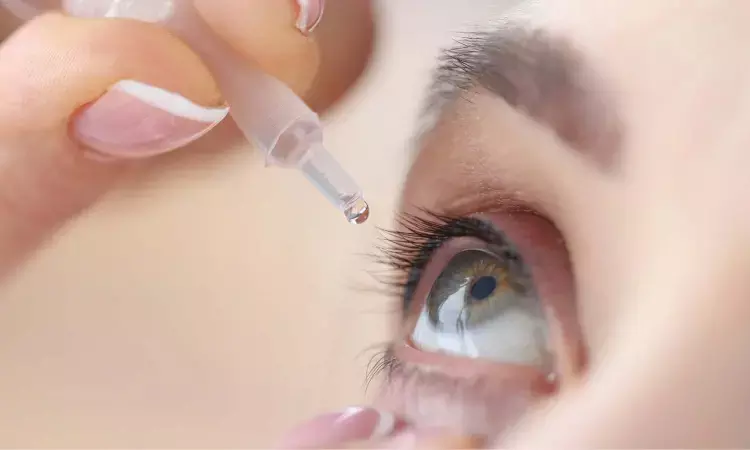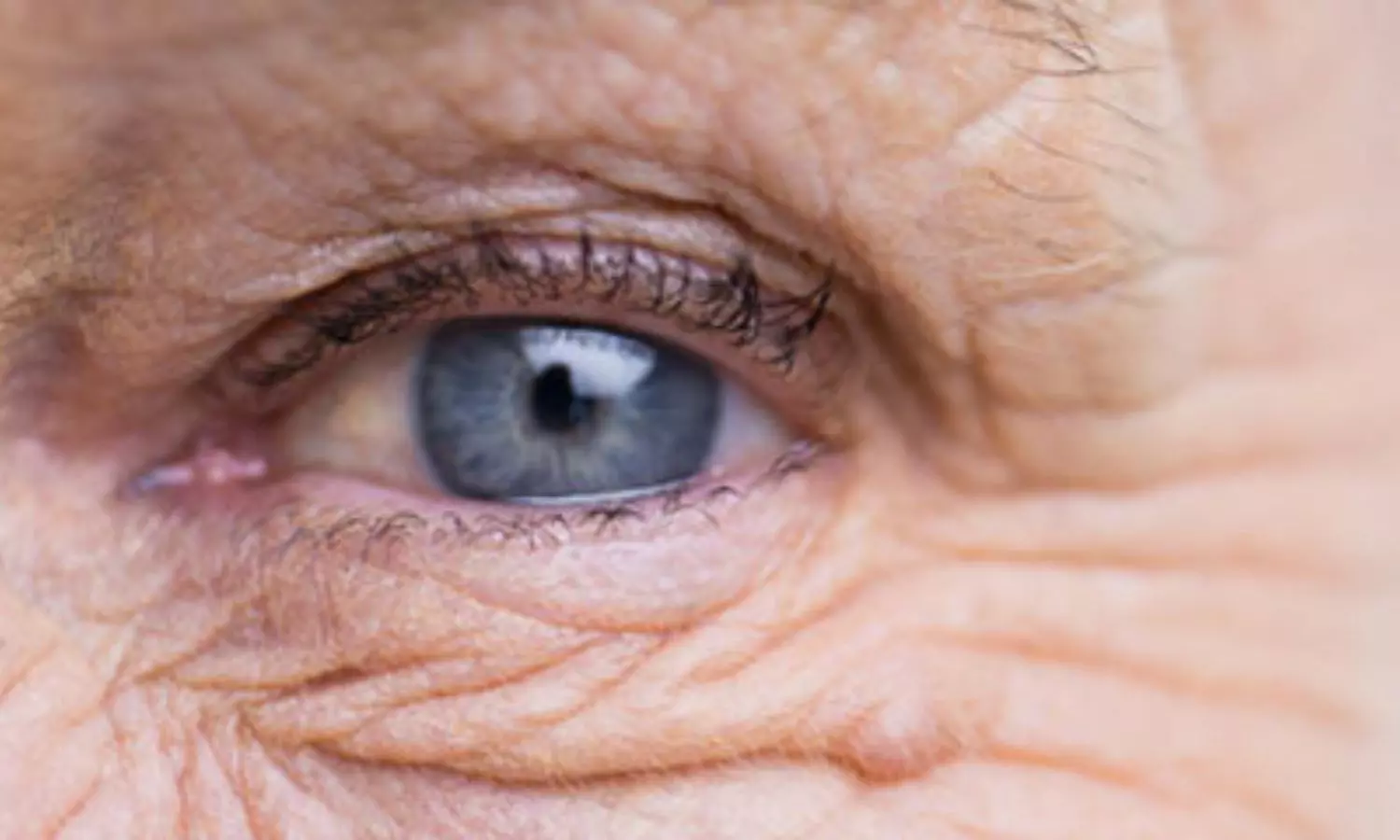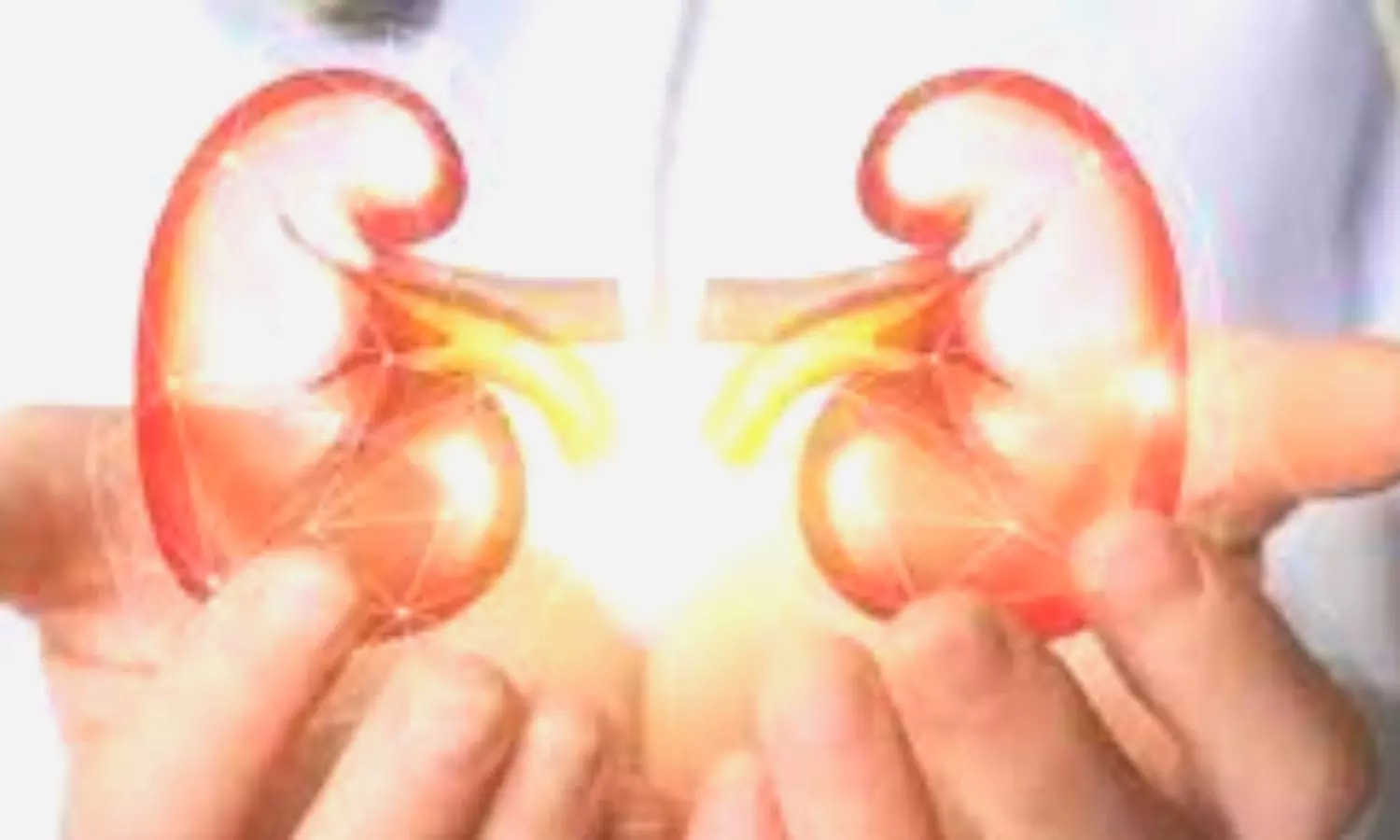- Home
- Medical news & Guidelines
- Anesthesiology
- Cardiology and CTVS
- Critical Care
- Dentistry
- Dermatology
- Diabetes and Endocrinology
- ENT
- Gastroenterology
- Medicine
- Nephrology
- Neurology
- Obstretics-Gynaecology
- Oncology
- Ophthalmology
- Orthopaedics
- Pediatrics-Neonatology
- Psychiatry
- Pulmonology
- Radiology
- Surgery
- Urology
- Laboratory Medicine
- Diet
- Nursing
- Paramedical
- Physiotherapy
- Health news
- Fact Check
- Bone Health Fact Check
- Brain Health Fact Check
- Cancer Related Fact Check
- Child Care Fact Check
- Dental and oral health fact check
- Diabetes and metabolic health fact check
- Diet and Nutrition Fact Check
- Eye and ENT Care Fact Check
- Fitness fact check
- Gut health fact check
- Heart health fact check
- Kidney health fact check
- Medical education fact check
- Men's health fact check
- Respiratory fact check
- Skin and hair care fact check
- Vaccine and Immunization fact check
- Women's health fact check
- AYUSH
- State News
- Andaman and Nicobar Islands
- Andhra Pradesh
- Arunachal Pradesh
- Assam
- Bihar
- Chandigarh
- Chattisgarh
- Dadra and Nagar Haveli
- Daman and Diu
- Delhi
- Goa
- Gujarat
- Haryana
- Himachal Pradesh
- Jammu & Kashmir
- Jharkhand
- Karnataka
- Kerala
- Ladakh
- Lakshadweep
- Madhya Pradesh
- Maharashtra
- Manipur
- Meghalaya
- Mizoram
- Nagaland
- Odisha
- Puducherry
- Punjab
- Rajasthan
- Sikkim
- Tamil Nadu
- Telangana
- Tripura
- Uttar Pradesh
- Uttrakhand
- West Bengal
- Medical Education
- Industry
High Molecular Weight Hyaluronan Eye Drops Redefine Treatment Success for Severe Dry Eye Disease

In a breakthrough, a recent study has brought to light a potential game-changer in the treatment landscape for severe dry eye disease (DED). The study, a posthoc subgroup analysis of the HYLAN M trial focused on assessing the efficacy of high molecular weight hyaluronan (hylan A) eye drops compared to conventional lower molecular weight hyaluronan eye drops, shedding new light on their effectiveness in severe DED cases.
The study results were published in the journal Acta Ophthalmologica.
Dry eye, a condition affecting millions globally, not only diminishes the quality of life for those affected but also poses a significant socioeconomic burden. Lubricant eye drops represent the cornerstone of therapeutic interventions for dry eye disease. The frequency of eye drop application serves as a crucial parameter, reflecting the success of treatment. Addressing the socioeconomic burden of DED, researchers delved into the impact of different molecular weight hyaluronan eye drops on the frequency of eyedrop application (DF) and overall therapeutic success in severe cases.
The study, part of the HYLAN M prospective, multicenter, open-label trial, focused on 47 patients grappling with severe DED. Participants were divided into two groups: one using eye drops containing 0.15% hylan A, and the other continuing with conventional eye drops containing lower molecular weight hyaluronan. PArticipants recorded the DF over 2 month period. The assessment was done at baseline, after 1st and 2nd months.
Key Findings Illuminate Potential Success:
- The results of the study unveiled compelling insights into the effectiveness of high molecular weight hyaluronan eye drops.
- Notably, there was a significant decrease in eye drop application frequency (DF) among those using hylan A eye drops, with the reduction being evident as early as week 4 and remaining stable until week 8.
- In contrast to the control group, the hylan A users demonstrated a substantially lower DF at both the 4-week and 8-week marks.
- Moreover, the study assessed the Ocular Surface Disease Index (OSDI), a key measure of DED symptoms.
- The OSDI scores exhibited a remarkable improvement in the hylan A group between inclusion and week 4, a positive trend that persisted until week 8.
- Importantly, the OSDI scores were consistently lower in the hylan A group compared to the control group at both the 4-week and 8-week intervals.
The findings of this study hold significant promise for individuals grappling with severe DED. High molecular weight hyaluronan eye drops not only demonstrated effectiveness in reducing the frequency of application but also alleviated symptoms, as indicated by the improved OSDI scores suggesting that high molecular weight hyaluronan eye drops could mark a turning point in the management of severe cases. This not only provides a more comfortable alternative for patients but also has broader implications for society by potentially reducing the socioeconomic burden associated with severe DED.
Further reading: Medic N et al.Application frequency – key indicator for the efficiency of severe dry eye disease treatment – evidence for the importance of molecular weight of hyaluronan in lubricating agents. Doi: https://doi.org/10.1111/aos.16609
BDS, MDS
Dr.Niharika Harsha B (BDS,MDS) completed her BDS from Govt Dental College, Hyderabad and MDS from Dr.NTR University of health sciences(Now Kaloji Rao University). She has 4 years of private dental practice and worked for 2 years as Consultant Oral Radiologist at a Dental Imaging Centre in Hyderabad. She worked as Research Assistant and scientific writer in the development of Oral Anti cancer screening device with her seniors. She has a deep intriguing wish in writing highly engaging, captivating and informative medical content for a wider audience. She can be contacted at editorial@medicaldialogues.in.
Dr Kamal Kant Kohli-MBBS, DTCD- a chest specialist with more than 30 years of practice and a flair for writing clinical articles, Dr Kamal Kant Kohli joined Medical Dialogues as a Chief Editor of Medical News. Besides writing articles, as an editor, he proofreads and verifies all the medical content published on Medical Dialogues including those coming from journals, studies,medical conferences,guidelines etc. Email: drkohli@medicaldialogues.in. Contact no. 011-43720751




